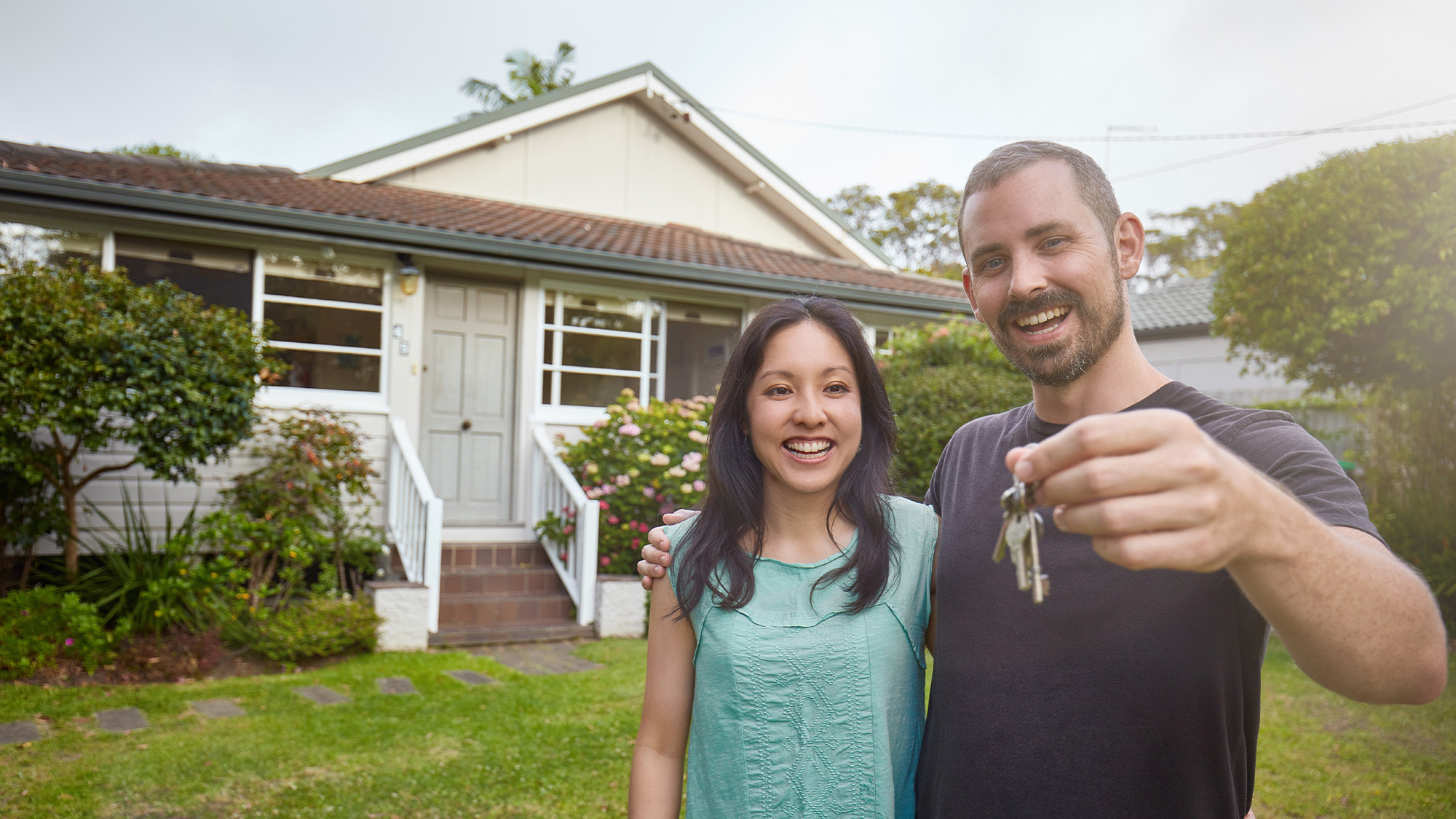Did you find this article useful?

See how you build a diversified investment portfolio to protect and potentially grow your money in the long term.
Diversification means having a variety of investments in your portfolio. This could include different asset classes, markets and currencies.
In investing, this mix helps lower risk and can improve your returns over time. So you can feel more secure even if some of your investments don't perform as expected.
Portfolio diversification is a good defence against market volatility. If you only invest in one asset class, the risk of losses is higher.
The benefits of diversification include:
Learn more: The power of portfolio diversification (PDF)
Despite [market uncertainty], investors should remember the importance of having a diversified portfolio, both geographically and by sector, to weather market fluctuations.[@article-golden-rules-24] – David Talbot, Senior Manager, HSBC Australia
Building an investment portfolio in Australia is a bit different from other places. You need to think about how much to put into local versus international investments.
But the main ideas of balancing your investments and managing risk are the same everywhere. Here are some ways to introduce long-term investments, short-term investments, or a mix of both to diversify your portfolio:
The main asset classes in Australia are fixed interest, cash, property, and shares (also known as equities, or stocks).
These asset classes can be further grouped into defensive and growth investments based on their traits and how they respond to market conditions. A mix of assets can be used to balance the risk and potential return of your portfolio.
Defensive investing, such as government bonds and gold exchange traded funds, focuses on income generation rather than long-term growth. It aims to reduce the risk of financial loss in the face of factors like inflation and recession risk.
Growth investments are those you expect to go up in value over time, like real estate and Australian and international shares. They may come with higher returns but also more risk. You should aim to invest in them for at least 5 years to give them the chance to grow and recover from any losses.
Another strategy is to diversify beyond Australia, exploring opportunities in different countries and regions. This minimises your exposure to domestic political or economic risk.
Emerging markets and developing economies (EMDEs) may offer investment opportunities not found in developed markets. However, this is not a guarantee that investing in EMDEs is risk free – you may have less protection when investing in EMDEs than for those investments under Australian law.
Your portfolio should be more resilient to industry problems by investing in companies from different sectors. And holding stocks across multiple sectors allows you to capture opportunities when they arise.
In Australia, you can find a variety of investments in mining and renewable energy and property. In the US, this might be technology or construction.
Currency diversification can reduce your reliance on a single currency. By investing in different countries and currencies, you'll increase your portfolio diversification and potential returns.
You might also be considering cross currencies for personal reasons – your child is studying abroad or you're planning to retire overseas, for example.
Diversification gets even more powerful, if we look for stocks in different sectors or countries, because shocks in one sector or country may not affect others.[@article-power-diversification] – Willem Sels, Global Chief Investment Officer, HSBC Global Private Banking and Wealth
A diversified portfolio includes a mix of asset classes like stocks, bonds and real estate. And within each asset class, you could further diversify by investing across different countries and regions, industries and stock market sectors.
An example of a diversified portfolio might look like:
A diversified portfolio could also be divided into 4 equal parts of 25% per asset class. Or a 60/40 approach: allocating 60% to stocks and 40% to bonds for a balance between growth and defensive investments.
With a diversified portfolio, your investments should work well together and respond differently to changes in the market. This means choosing investments that don't move up and down in the same way.
By buying multi-asset equity or bond funds, you can diversify without needing to spend a lot of money.
The right balance of assets for you will also depend on your financial situation, goals and appetite for risk. For example, you might choose to move more of your money to defensive investments as you near retirement.
Over time, you may find that ups and downs in the market can cause your portfolio to veer off course and away from your early allocations. The key to successful long-term investment is to rebalance your portfolio regularly.
You may choose to rebalance your portfolio every 6 months to a year, after large market fluctuations or changes in asset prices, or as your circumstances and risk appetite change. This could mean selling assets with realised gains and buying undervalued ones.
Find an advisor who understands your needs, goals and risk appetite. They can help you tailor a portfolio that will help you grow your wealth, whatever stage of life you're in.

Access more asset classes in more markets, and enjoy competitive brokerage fees. Buy Australian stocks, bonds and ETFs from as little as AUD9.90, and US stocks and ETFs from USD10.
Did you find this article useful?


